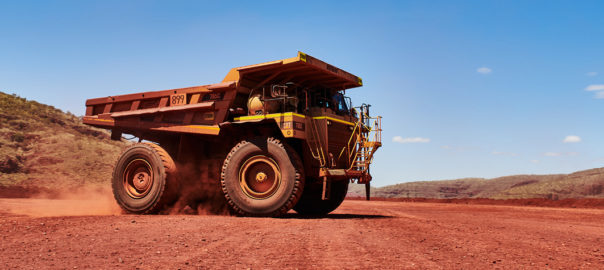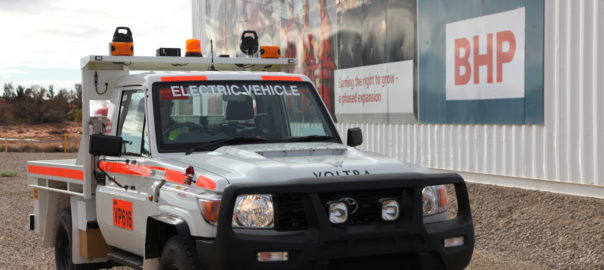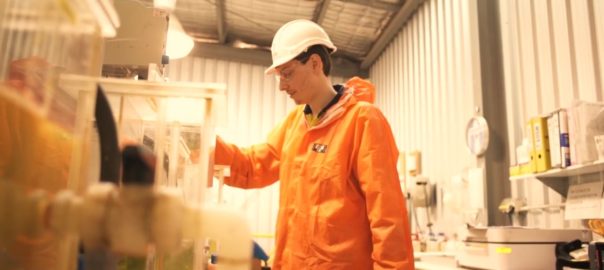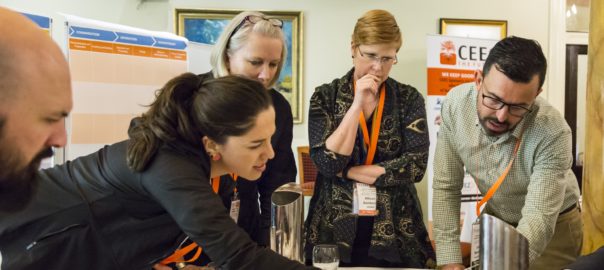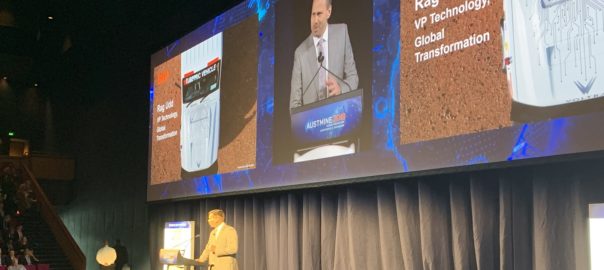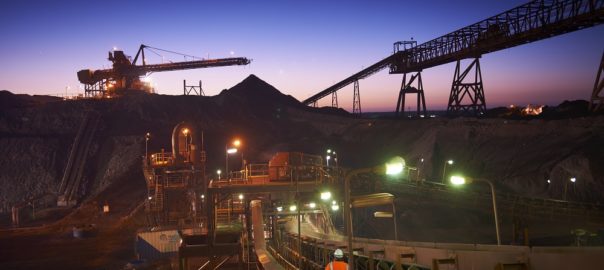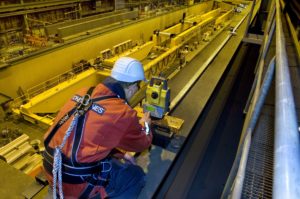NRW Holdings’ wholly-owned subsidiary, NRW Contracting, has been awarded an airport upgrade contract with BHP at its Olympic Dam copper-gold-uranium project, in South Australia.
The scope of works includes two separable portions:
- Airside works – includes bulk earthworks, pavement construction and drainage works for the construction of a new 1,860 m long runway and refurbishment of the existing taxiway and extension of the apron areas; and
- Landside works – includes reinforced concrete works, structural steel and modular structures and all services for the upgrade of the existing terminal building and the surrounding infrastructure.
The new contract value is circa-A$48 million ($28 million) and is expected to have a duration of around 37 weeks with works commencing in late March.
The project will have an expected peak workforce of around 140 (including subcontractors), according to the company.
NRW’s CEO and Managing Director, Jules Pemberton, said: “NRW is delighted to be awarded this contract at Olympic Dam following the successful acquisition of the BGC Contracting business.
“NRW has a long history with BHP in their iron ore, coal and nickel divisions but this contract marks the first project for the copper operations. I look forward to the safe and successful execution of the works.”







